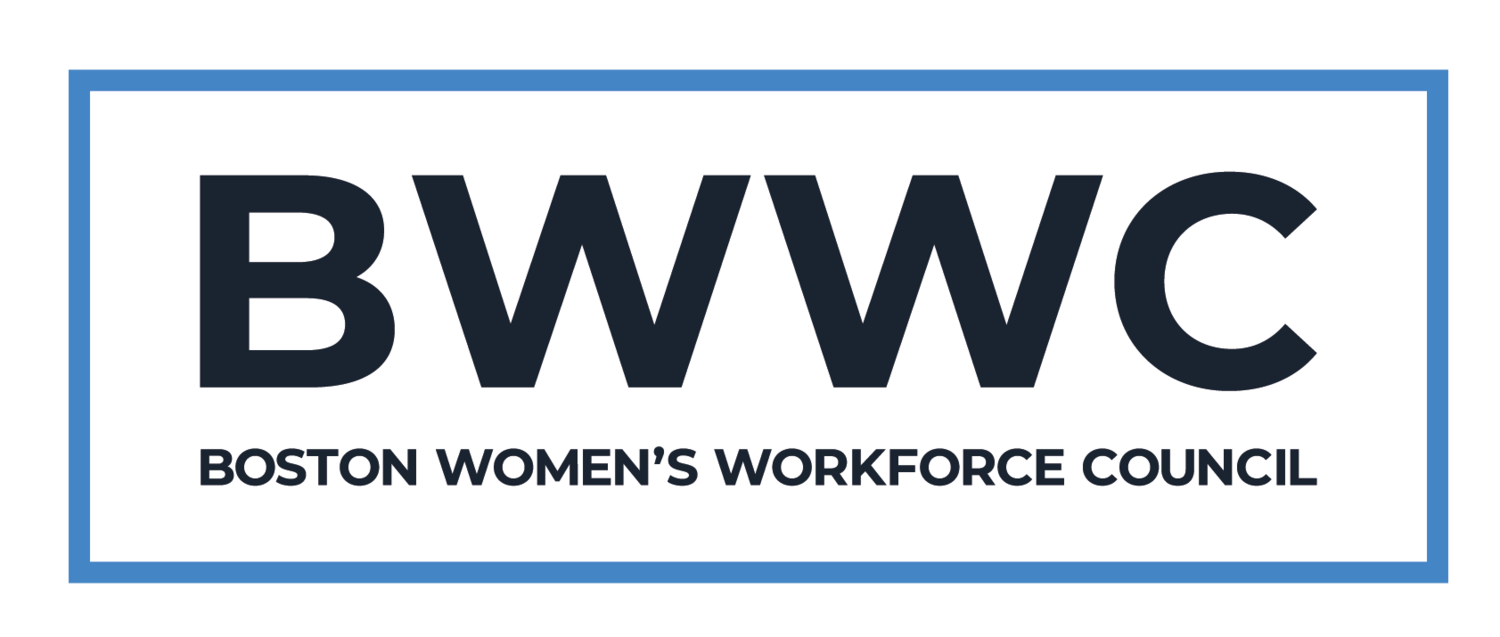Signer Spotlight Series - Leers Weinzapfel Associates (LWA)
A Conversation with Juliet Chun, AIA Associate and Josiah Stevenson, Principal
Tell us about your organization.
Josiah: Leers Weinzapfel Associates (LWA) is an architecture and planning firm founded by two women, Andrea Leers and Jane Weinzapfel. Our work encompasses four key areas: civic institutions (e.g. courthouses), energy infrastructure building (e.g. low temperature heat and chilled water plants;), community projects (e.g. boys and girls clubs), and universities and Colleges.
Juliet: The values we hold internally as a company, such as equity and sustainability, are infused in all aspects of our projects – from thinking about where we source our materials and their embodied carbon, to working with clients to ensure the design and space are inclusive for everyone.
Why did you join the talent compact?
Juliet: The firm’s commitment to pay equity aligns with BWWC’s mission. Not only do we want to contribute our data, but by joining the Compact, we hope to encourage more employers to participate and push pay equity forward.
What are the biggest challenges you face in your organization as it relates to gender and racial wage equality? How do you address those challenges?
Juliet: Typically, in architectural schools, there is a balance of 50/50 between men and women. However, as you progress in the field, you see women drop off throughout their careers due to major pinch points, including obtaining licenses and certifications, career breaks, and other personal factors such as starting a family. These factors contribute to fewer women principals. In our office, it has always been ingrained to have policies that make it easier to support women, Providing flexible work schedules, supporting licensures, and overall understanding of an individual’s life commitments. It was essential for our founders when establishing the firm to create a work environment that considers work-life balance.
Josiah: We have difficulty with racial diversity, which is reflective of the industry as a whole. We are beginning to explore best practices for hiring and recruiting to address this challenge, particularly with a focus on increasing BIPOC women architects.
What programs have you developed to promote that directly or indirectly address closing wage gaps in your organization?
Josiah: We’ve always been 50/50 male and female, but more recently, it has been 40/60 male and female. I attribute this to our AIA associates, Juliet Chun and Zhanina Boyadzhieva, who started a program called “Girl UNinterrupted.” The project seeks to bridge the gap between young female designers (and designers in general) and leaders in the architecture field. The initiative began with a survey of emerging professionals (EPs) and, based on the responses, led to a conversation series. There is also a published manual to capture the data analysis of the Boston survey of 533 architecture and urban designers, insights from the conversation series, and action tips for both EPs and leaders. The actionable tips range from how to assess employees’ total compensation and benefits to steps for firms to conduct internal DEI reviews. Since the launch of this program, our firm has seen an increase in applications and general inquiries from female architects.
Furthermore, partaking in Just has extended our firm’s efforts to be a more equitable and responsible company. Just is similar to a nutrition label, it is a platform where organizations voluntarily disclose their operations, including employee benefits, parental leaves, where they source materials, and equity and inclusion policies. In turn, firms receive a scoring of each category they are required to submit information on. Participating pushes us to see the areas that we overlooked.
Juliet: Being a Just signatory also requires us to do our internal numbers to assess whether pay inequities exist. Because of the transparent nature of the label, it encourages us to take action to address areas we fall short on.

